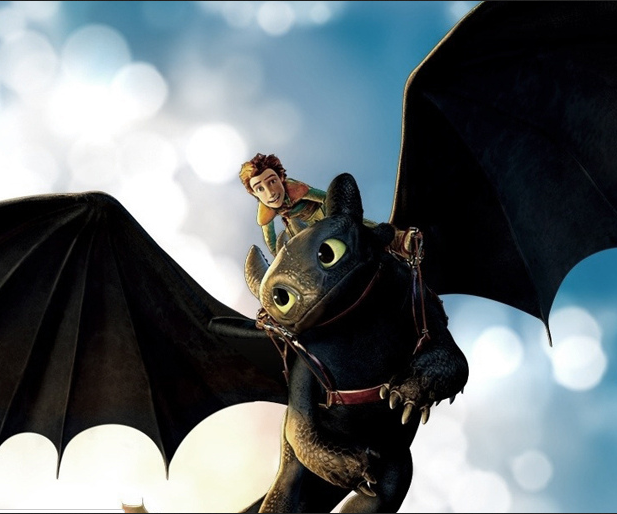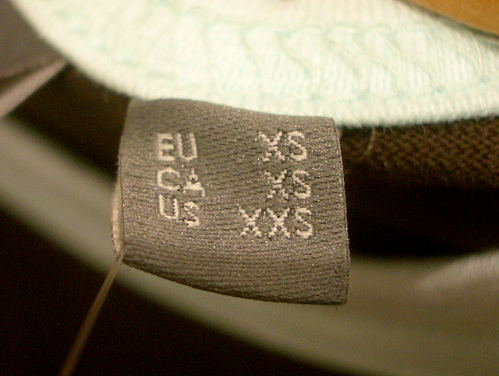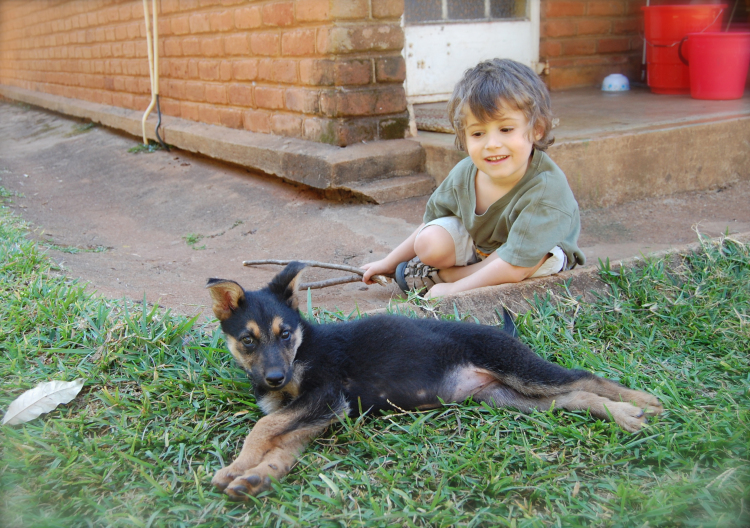I have a confession: sometimes when I’ve finished a really good novel, I miss the characters badly. I worry about what’s going to happen to those whose fates are left mysterious; I grieve for those who have suffered or died, I rejoice over marriages and babies and feel and think all sorts of things about people who don’t actually exist.
But of course, there’s nothing unusual in that confession; it’s the thing that keeps us turning pages — immersing ourselves in an imaginary world and caring deeply about the people that live there, and what happens to them. If we didn’t care, we wouldn’t continue reading. And the best books, I think, are those that make us care the most deeply.

Belle and I, just doing a little reading together.
People have debated the value and potential of stories — particularly the fictional kind — for millennia. Plato felt that his ideal republic should exclude poets because of their extraordinary power over the imagination, and a great many parents and teachers have spent a great deal of time fretting over the effect certain books might have on kids.
Yet even as people have struggled to make sense of what feels like a need for stories that simply aren’t true, we can’t seem to stop ourselves. And most of us have a sense that reading is somehow good for us, even if we don’t know exactly why. That, too, is an argument that goes back a long way, although it has become less popular of late.
{from my most recent post at iBelieve. Continue reading here.}
Like this:
Like Loading...




